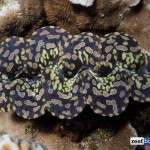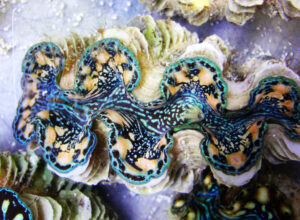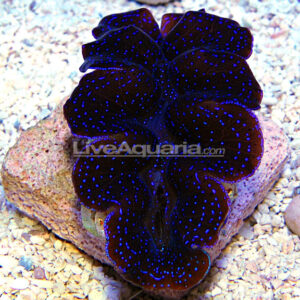Hybrid giant clams have been an enigma to the aquarists who seek to understand them in order to better provide for these treasured bivalves. Finally a new research experiment not only confirmed the authenticity of hybrid Tridacna clams – they’ve done this several times in fact – but the ‘reciprocal crosses’ of two well known species sheds some light on how these unique bivalves come about.
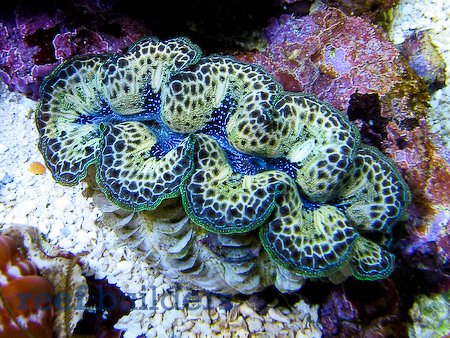
The ‘first’ Maxea clam hybrid.
The first Maxea clams – a cross between maxima and crocea clams – caused quite a stir when they first hit the scene labeled as farmed hybrids, but really without any kind of explanation. In the ten years since they first caught our attention, we’ve seen many more from Sea Dwelling Creatures and most recently Acro Al made a few of his own out in Australia.
An assortment of unusual clams with a blend of features that suggest they are probable hybrids
We’ve been treated to a slow, steady trickle of aquacultured hybrid clams in the decade since, with Mimosa (Maxima x Squamosa) Clams from ORA and Biota, possible noae x maxima clams, and some SquamoCea clams appeared at LiveAquaria, seemingly properly labeled. As you can tell from all the links and prior stories we’ve been keenly interested in the topic since it hit our radar.
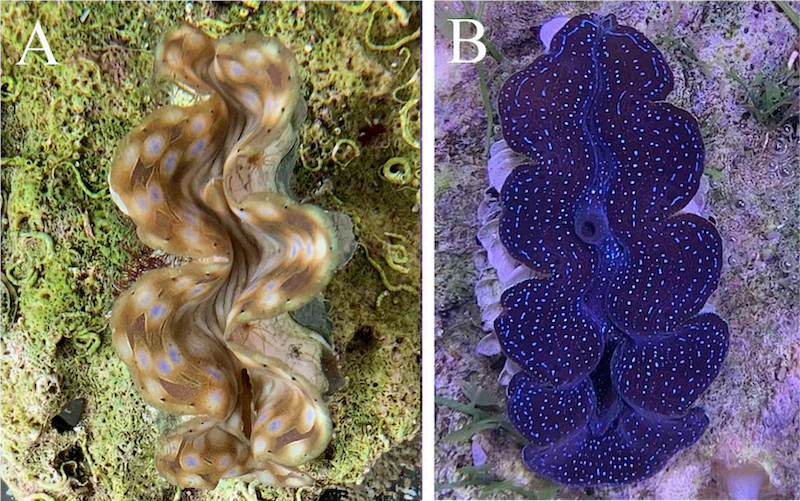
Normal examples of Tridacna squamosa and T. crocea.
The study undertaken by a large team of researchers at the South China Sea Institute of Oceanology bred individuals of Tridacna squamosa and Tridacna crocea in a reciprocal fashion. Sperm from Squamosa clams was used to fertilize the eggs of Crocea clams, and vice versa the sperm of crocea clams were crossed with the eggs of squamosa clams. ALL of the resulting offspring could be called ‘SquamoCea’ clams but there was a big difference in the appearance of the offspring.

Two examples of SquamoCea hybrids, the left one has a Squamosa mother, the one on the right has a Crocea mother.
The hybrid offspring with a squamosa ‘mother’ and ‘crocea’ father developed into much larger clams with a typical blue-spotted pattern that we have seen available in teh aquarium hobby fairly often labeled simply as ‘blue squamosa’. The inverse hybrid cross with a crocea ‘mother’ and squamosa ‘father’ are much more unique and attractive developing a smaller shell, but a wildly colored mantle.
Notably, all the hybrid clams all grew faster than their ‘purebred’ counterparts making them even better suited for farming and aquaculture both for the food and ornamental markets. This is a very exciting study that sheds a much needed spotlight on what giant clam hybrids actually are, and how they express the genetics of their different parents. [Aquaculture]




